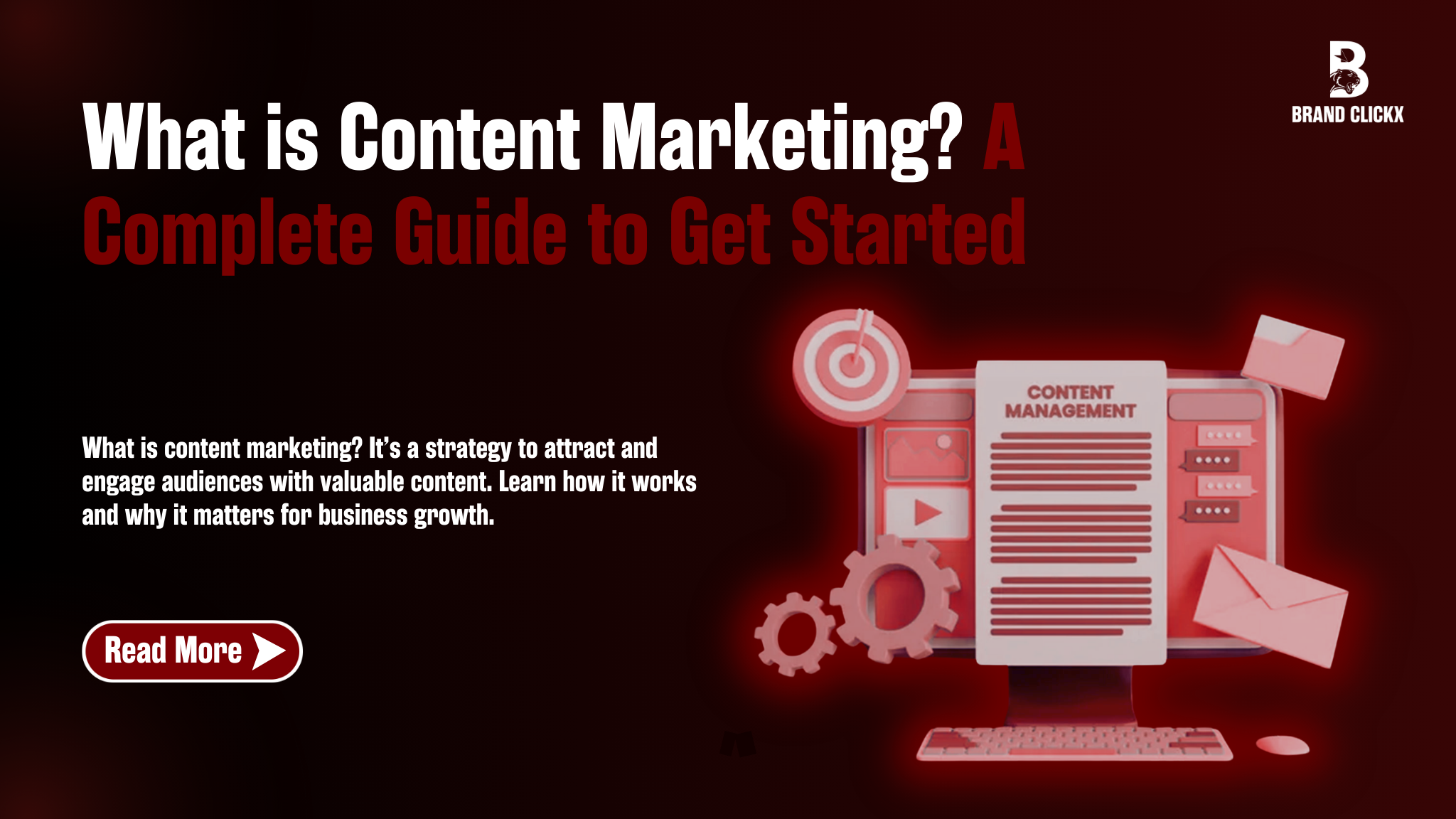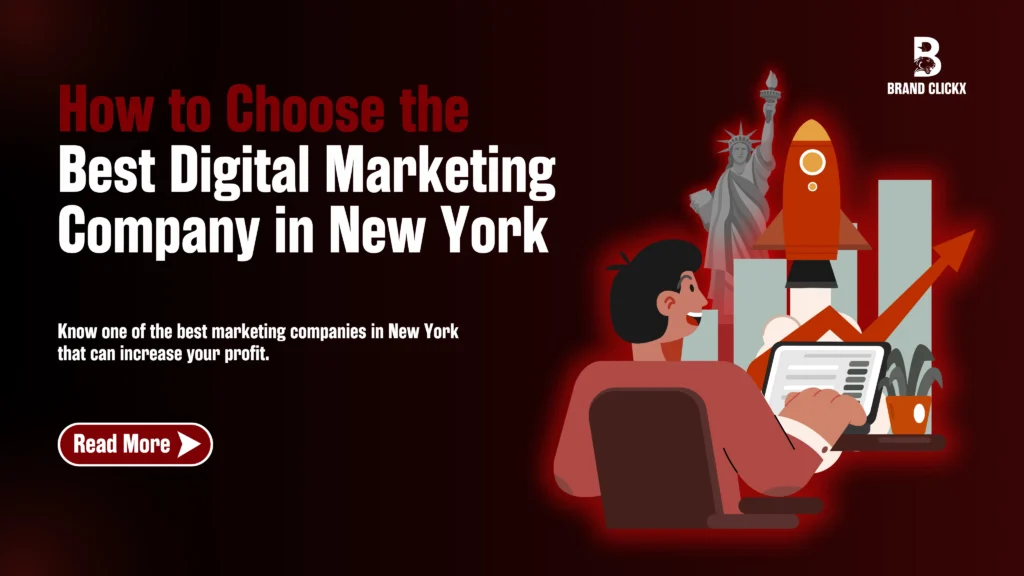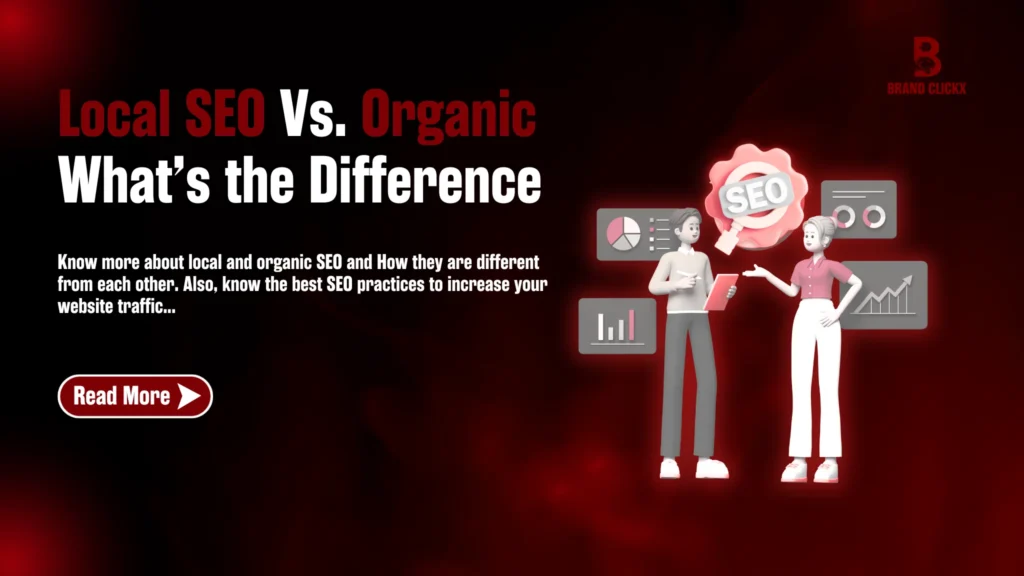Content marketing is all around us. It’s the blog you read, the video you watch, the post that grabs your attention. It doesn’t sell. It connects.
The reason is that people don’t like ads. They like stories, tips, and real value. That’s what content marketing does. It pulls people in instead of pushing products on them.
Done right, it builds trust. It makes brands memorable. And yes, it drives sales, too.
From funny reels to deep-dive guides, content is shaping how businesses grow. Ready to see how? Let’s jump in and find out what content marketing is and how it works!
What is Content Marketing
Content marketing is simple. It’s about sharing useful, interesting, and valuable content with people. No hard selling. No annoying ads. Just real, helpful stuff.
It could be a blog post that answers a question. A video that explains something. A social media post that makes you think. Or even an email that gives you a tip you didn’t know you needed.
The goal? To connect. To build trust. To keep people coming back. And yes, eventually, to turn them into customers. Without forcing!
Key Components of Content Marketing
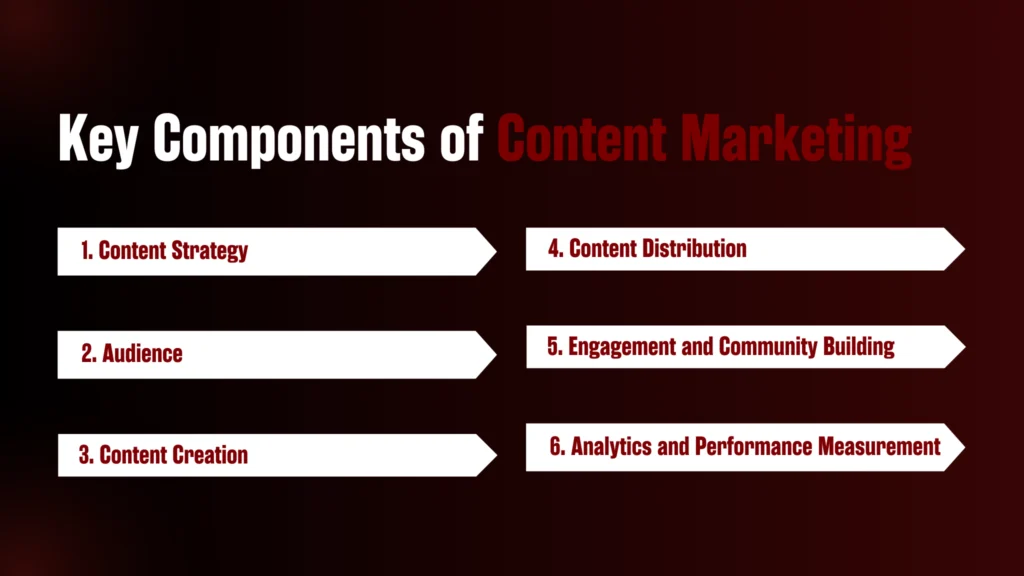
1. Content Strategy
Content without a plan goes nowhere. You need a clear direction. You should have a clear idea of your goals. Who do you want to reach? What kind of content will help?
A good strategy answers these questions. It keeps your content focused and meaningful. Without it, you’re just creating random posts with no real impact.
2. Audience
Your content will not perform well if you neglect to understand your target audience. You need to know them well. Ask Yourself:
- What do they need?
- What are their struggles?
- What type of content do they already engage with?
Buyer personas help break this down. They give you a clear picture of your ideal audience. The better you understand them, the more relevant and useful your content will be.
3. Content Creation
This is where ideas turn into reality. Blogs, videos, and social media posts: there are many ways to create content.
There is a thing! However, any good content always has one thing in common: It helps. So, always try to add value every time you create something for your audience.
No one wants to be convinced to buy. They request helpful, interesting or inspiring content. Keep it clear, natural, and engaging. If it feels forced, people will ignore it.
4. Content Distribution
Great content doesn’t work if no one sees it. You need to put it in the right places. Where does your audience spend time?
- Social media?
- Email?
- Search engines?
Share your content where they are. The right distribution makes all the difference.
5. Engagement and Community Building
Content marketing is a two-way street. It’s not just about posting. It’s about connecting. Reply to comments. Answer questions. Start discussions.
When people feel heard, they stick around. Engagement builds trust, and trust turns followers into loyal customers.
6. Analytics and Performance Measurement
How do you know if your content is working? You track it. Look at views, shares, clicks, and conversions.
See what’s working and what’s not. Improve what isn’t performing. Content marketing isn’t about guessing. It’s about learning and getting better over time.
Types of Content Used in Content Marketing
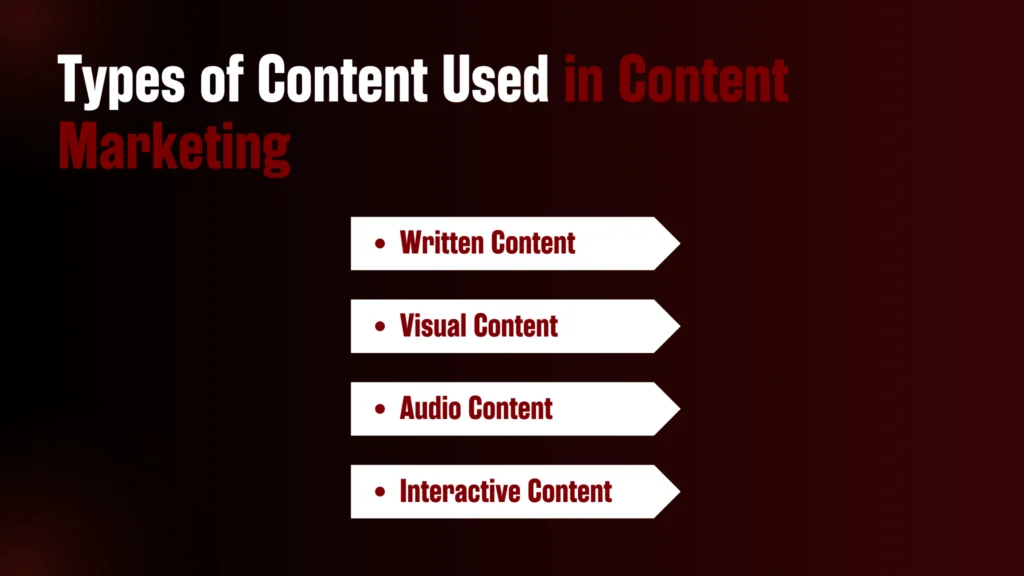
Content comes in many forms. Some people like to read. Others prefer visuals or audio. A good mix keeps things interesting and reaches more people.
Here are the main types:
Written Content
Words are a great way to share knowledge. They explain, inform, and build trust. Written content also helps websites rank on search engines.
Blog Posts: These are short or long articles. They answer questions, share tips, and discuss trends. Blogs bring in visitors and help businesses connect with people. For example, “Smart Fintech SEO Strategies” is a blog post.
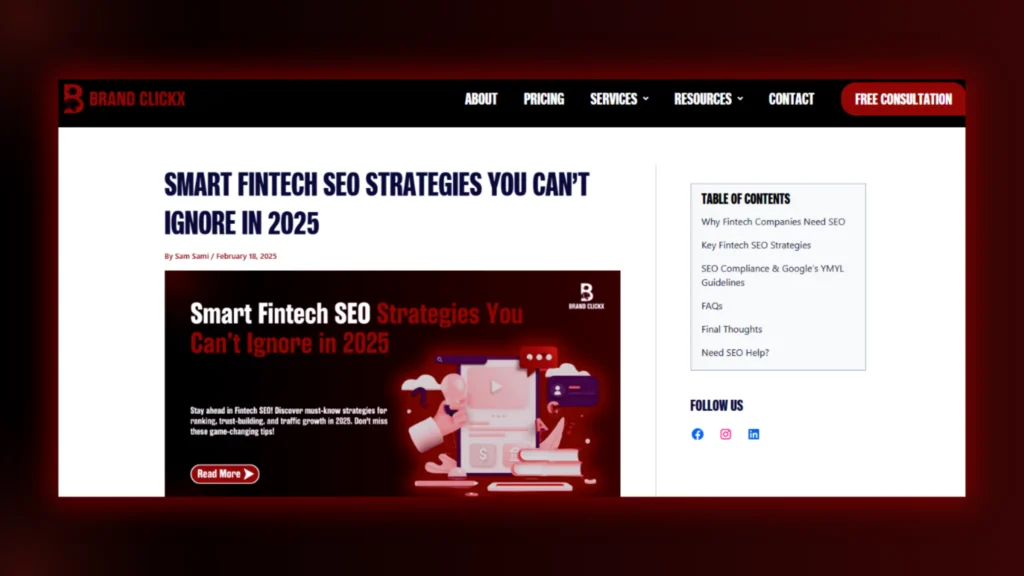
E-books: These are longer guides. They go deep into a topic and provide detailed insights. People often download e-books in exchange for their emails.
“The Ultimate Guide for Content Writing” is an E-book.
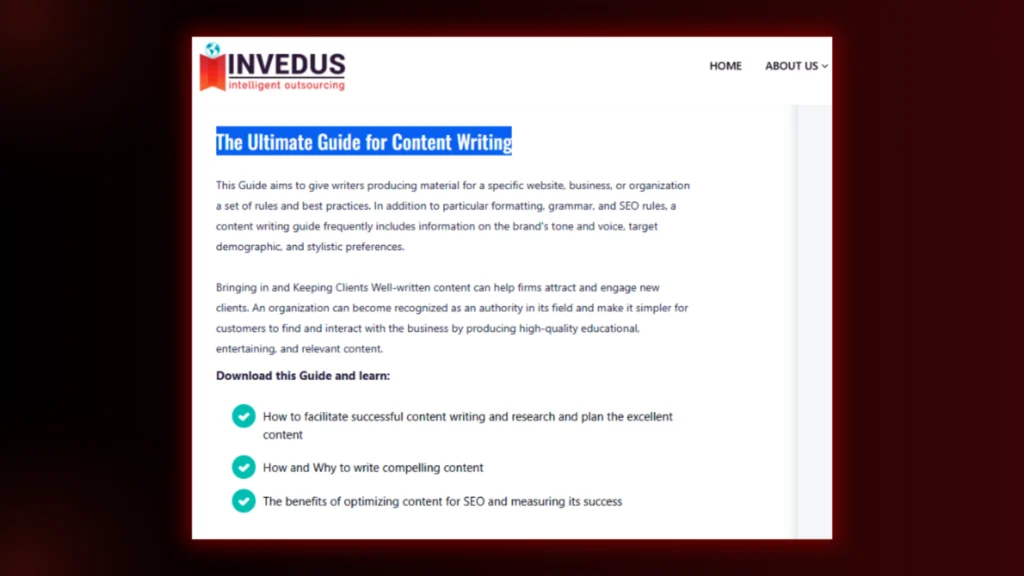
Whitepapers: These are research-based reports. They explain complex topics with facts and data. Businesses use them to educate and build credibility. For example, “B2B Connect.”

Case Studies: These tell success stories. They show how a product or service helped someone. Case studies prove that something works.
Check out case studies by Brand ClickX.
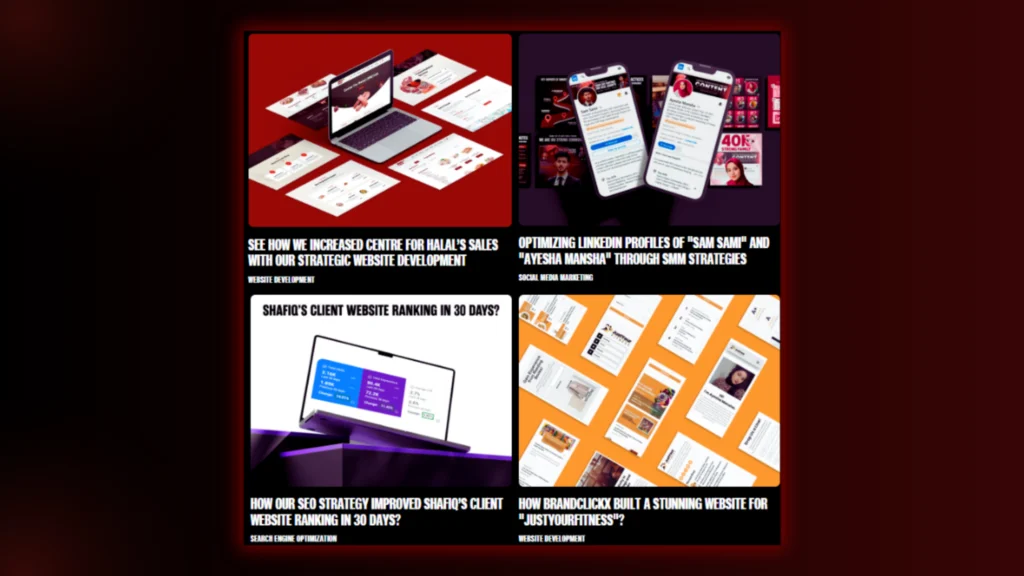
Visual Content
People remember visuals better than text. Images grab attention fast. They make learning easier and more fun.
Infographics: These mix text and visuals. They break down complex ideas into simple steps. Great for explaining stats or processes.
Videos: Short or long, videos explain, teach, or entertain. They keep people engaged and help brands tell stories.
GIFs plus Memes: These are quick, fun, and relatable. They add humour and personality to the content. Perfect for social media.
Audio Content
Some people don’t have time to read or watch. They prefer to listen. They do so while driving, walking, or working.
Podcasts: Like a radio show, but available anytime. People listen to:
- Discussions
- Interviews
- Stories.
Great for deep conversations. For instance, 99% Invisible is a podcast website.
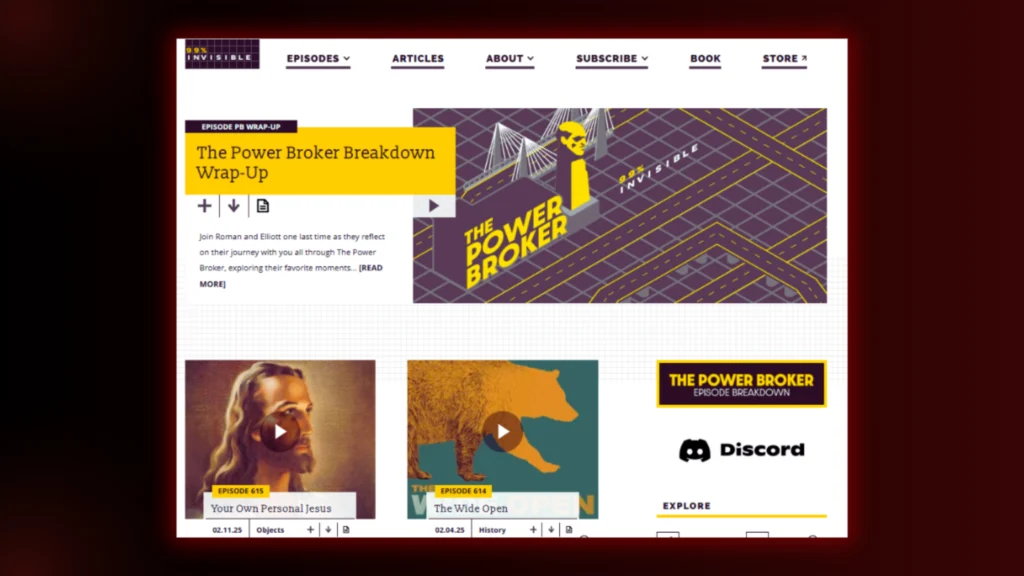
Webinars: These are live or recorded presentations. Experts share knowledge. People can ask questions. Webinars are great for learning.
Interactive Content
This type makes people part of the experience. It keeps them engaged and involved.
Quizzes: Fun and engaging. Quizzes test knowledge, give recommendations, or just entertain.
Polls and Surveys: Short questions that gather opinions. They help businesses understand what people think.
Live Sessions: Real-time chats on Instagram, Facebook, or YouTube. People can ask questions and join discussions. Live sessions feel personal and real.
Also Read: How To Write Interactive Content That Converts Effortlessly
Content Marketing Strategies and Best Practices
Good content marketing needs a plan. It’s not just about creating content. It’s about making sure the right people see it.
Here are some key strategies:
1. Creating High-Quality, Valuable Content
Quality matters. Content should be useful, clear, and engaging. It should solve problems, answer questions, or entertain. People stay longer and come back when content is valuable.
2. Understanding and Targeting the Right Audience
Not everyone is your audience. Know who you’re talking to. Research their interests, problems, and what they want. When content speaks directly to them, it works better.
3. Maintaining Consistency in Publishing
Posting once in a while won’t work. A regular schedule keeps your audience engaged. Whether it’s weekly or monthly, consistency builds trust and keeps people interested.
4. SEO and Keyword Optimization
Search engines help people find your content. Use the right keywords. Make content easy to read. Add proper headings and structure. SEO helps bring in organic traffic.
5. Use Social Media for Content Distribution
Creating content is one thing. Getting people to see it is another. Share it on social media. Use platforms like:
Engagement grows when content is shared in the right places.
6. Email Marketing for Direct Engagement
Emails go straight to the audience. Send updates, tips, or exclusive content. A strong email list keeps people connected and interested in what you offer.
7. Repurposing Content for Multiple Platforms
One piece of content can do more. Turn a blog post into a video. Use key points for a social media post. Repurposing saves time and reaches more people across different platforms.
FAQs
1. What is content marketing or SEO?
Content marketing is about creating useful content to attract people. SEO (Search Engine Optimization) helps that content show up on Google so more people can find it. Both work together to grow websites and businesses.
2. What are the 5 P’s of content marketing?
- Product – Your content itself. Blogs, videos, social posts, and more.
- Price – Most content is free, but it should be valuable enough to keep people engaged.
- Place – Where you post matters. Website, YouTube, Instagram, or LinkedIn, choose wisely.
- Promotion – Just creating content isn’t enough. Share it, optimize it, and get it noticed.
- People – Know your audience. Speak their language and solve their problems.
3. What does a content marketer do?
A content marketer writes, edits, and shares content to attract and engage an audience. They work on:
- Blogs
- Videos
- Emails
- Social media.
Their goal? Make people interested in a brand without feeling like a pushy ad.
Final Words
Content marketing isn’t about just creating. It’s about making sure the right people see, engage, and take action. A solid strategy keeps content effective, visible, and valuable.
Need a hand with your content strategy? Brand ClickX makes it simple. We create content that speaks to your audience and gets results. Let’s bring your brand to life. Reach out today!

